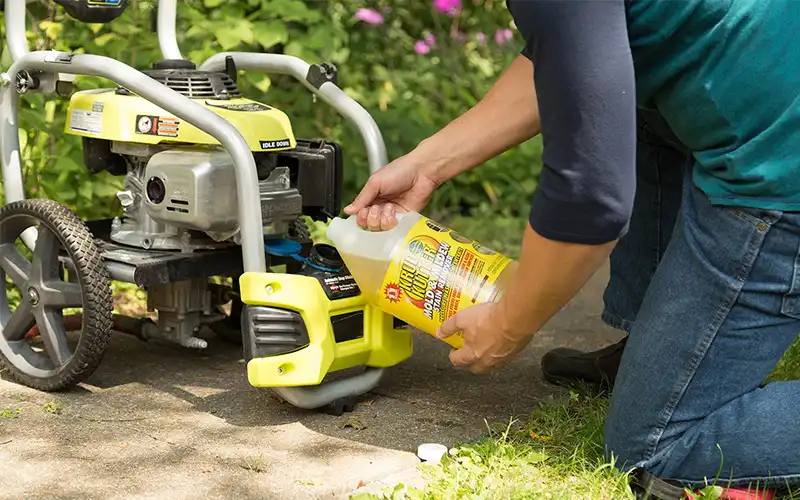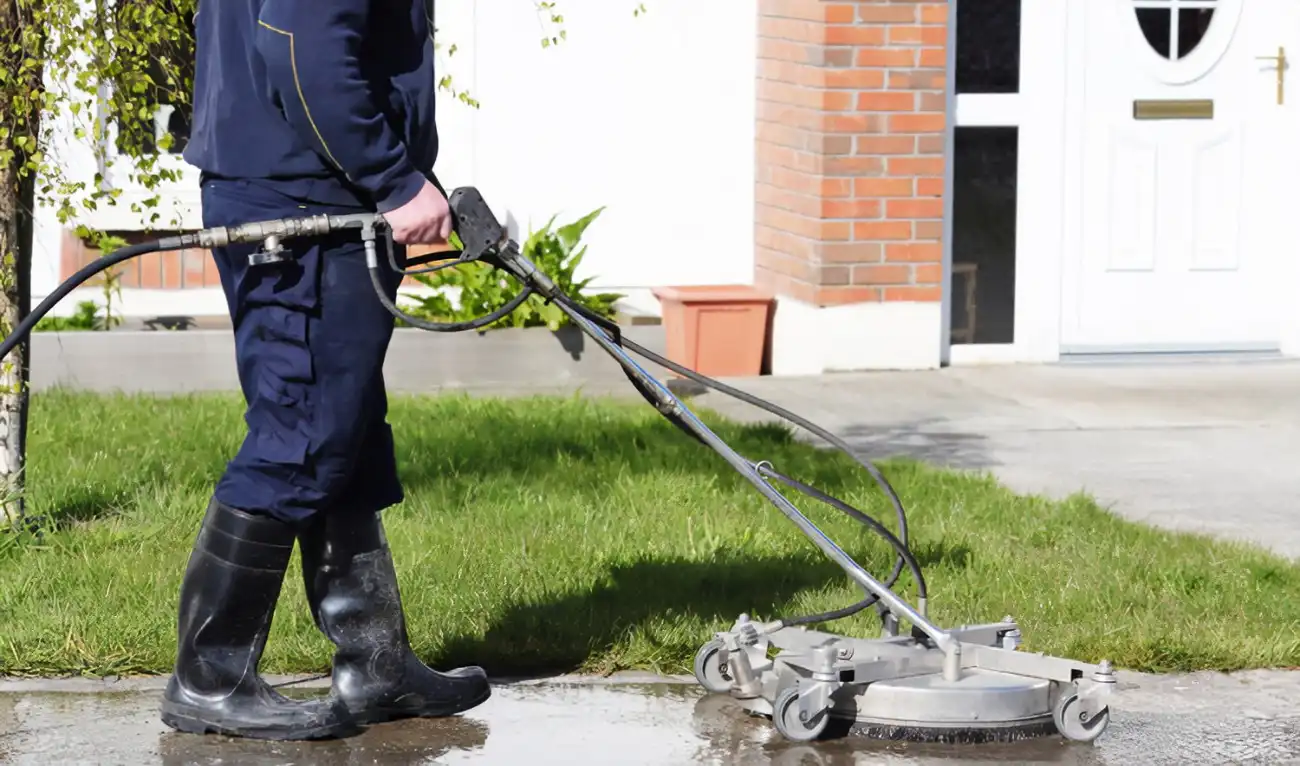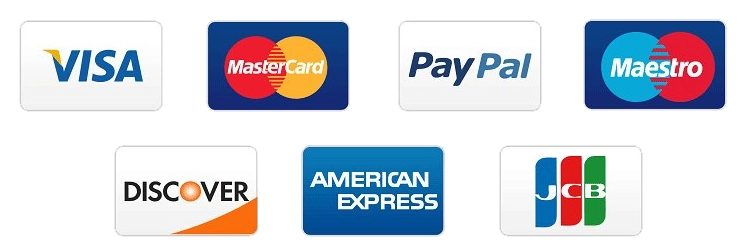Introduction
Pressure washing is a great way to clean and protect your home. It’s also a job that requires safety precautions, which can be hard if you’re doing it yourself. If you’re new to pressure washing, this guide will help you know what chemicals are used in pressure washing and how they are applied.
To use a pressure washer surface cleaner, you will need the right equipment.
To use a surface cleaner with a pressure washer, you will need the right equipment. You will need:
-
A surface cleaner attachment for your pressure washer wand. This can be purchased at most hardware stores and comes in different sizes to fit different types of wands. The attachment is what attaches to your wand and provides the cleaning ability.
-
A garden hose that has been connected to your faucet. This is how you will connect water from the house to the pressure washer nozzle so you can start using it outside while on a ladder or other elevated area when working on surfaces like walls or fences where there isn’t enough room for an extension cord between two points far apart in distance but close enough together horizontally so that they are both within reachable distance (standing up).
There are different types of surface cleaners.
There are different types of surface cleaners. Each type is used to clean a specific kind of surface, and each type has a very specific chemical makeup. Some can be used on any type of dirt or stain, while others won’t work on some stains at all. For example:* A neutral cleaner will remove most spots from concrete; however, it’s not strong enough to remove oil stains.* An alkaline cleaner is great for removing old paint and graffiti from walls; however, it’s not good at removing grease stains.* And an acidic cleaner will do wonders for cleaning grout lines in tile floors; however, if you use it on rust stains or mildew buildup in your bathroom shower stall, you’re going to be disappointed by the result!
The most common chemicals used in pressure washing include bleach, calcium chloride, sodium carbonate, trisodium phosphate, and sodium hydroxide.
The most common chemicals used in pressure washing include bleach, calcium chloride, sodium carbonate, trisodium phosphate, and sodium hydroxide.
Bleach is typically used to remove mold and mildew from buildings. Calcium chloride is commonly used to remove ice and snow from driveways and sidewalks because it melts ice more quickly than water does. Sodium carbonate is an alkali compound that’s often added as a descaling agent for dishwashers and other plumbing fixtures that have built up scale on them over time (the same way baking soda works for a clogged drain). Trisodium phosphate contains phosphoric acid and can be used as an alternative to hydrochloric acid when cleaning concrete surfaces (such as driveways) or iron surfaces such as fences made out of wrought iron or cast iron. Finally there’s sodium hydroxide—also known as lye—which can also be used as a descaling agent but usually results in damage if left on too long; hence why it’s one of our least recommended options here today!
Using these chemicals requires special care and safety procedures.
Before you start using any chemicals, it’s important that you know how to handle them safely. Here are some tips:
-
Wear protective gear.
-
Follow directions carefully and keep chemicals away from children and pets.
-
Keep chemicals away from food and water sources. Do not mix chemicals or store them together in a container that could leak while you pressure wash your house or garage with it! You should also avoid mixing them directly in the pressure washer—or even worse, adding bleach together with ammonia in a bucket (I’ve seen this done before).
Keep yourself safe when pressure washing; always wear protective gear and follow directions carefully.
Keep yourself safe when pressure washing; always wear protective gear and follow directions carefully.
-
Wear earplugs to prevent hearing loss, goggles or glasses to protect your eyes, heavy clothing (long sleeves and pants), and closed-toed shoes.
-
Never spray the nozzle toward yourself or anyone else without first covering them with a shield. A simple piece of plywood works great as a shield—just remember that it has to be big enough so that you can still reach all areas of the house with your pressure washer!
-
Always follow manufacturer instructions for proper usage—even if they seem weird or confusing (if they’re too complicated, look up more detailed instructions online). It’s important that you don’t overload your unit with too much water pressure or use an attachment meant for another model—these actions could cause damage or injury!
Conclusion
You can find a variety of chemicals to use with your pressure washer. These include bleach, calcium chloride, sodium carbonate, trisodium phosphate and sodium hydroxide. When it comes time to pressure wash your home’s exterior make sure you know what chemicals are best suited for the job at hand.



